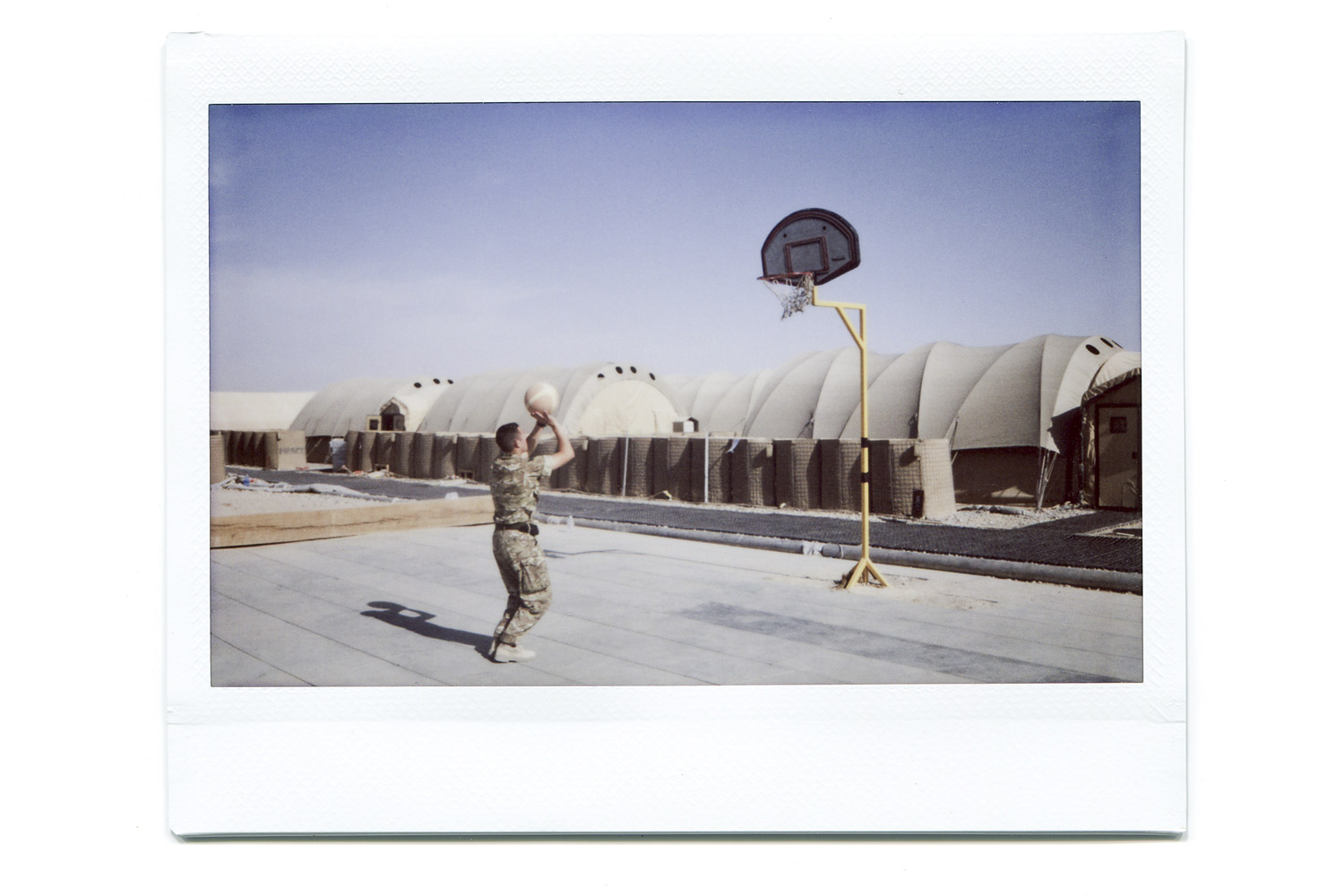
How can we look at images from Afghanistan with a fresh set of eyes? Try the work of someone who’s never picked up a camera before.
That logic guides Afghanistan Blueys, a collaborative project between British brothers Tim and Matt Bowditch, which documents daily life during the war in Afghanistan. The latter brother is both the photographer and the soldier, having served in the war-torn country as a member of the Royal Marines. “Blueys” are the nickname given to any notes sent by soldiers to friends and family that are written on military-mandated blue paper.
The project began with a Christmas present. Tim gave his brother a Polaroid camera in 2010, after learning that Matt, an aspiring professional trombonist who had landed a spot in the Royal Marines band, was asked to put down his horn temporarily and serve in a commando brigade in Afghanistan.
“When Matt was going out to war,” Tim says, “I said to him, ‘I don’t need to see any imagery of bodies and things. We kind of expect it. We’ve seen it a thousand times before.'”
Instead, Tim asked his brother for “slow” kinds of images, those documenting the routines of military service in lieu of the graphic, glamorous—as Matt puts it—views of violence that saturate coverage of the war in Afghanistan. The photos depict spontaneous moments as well as carefully constructed scenes. One in particular, that of a phone and a chair slightly posed askance from the desk in front of it, stands out to Tim.
“It’s quite a brave photograph to take if you haven’t had any formal training in photography,” says Tim of the image, of which Matt shot several frames, adjusting the composition until he was satisfied. The photographer himself looks at it differently: “That’s a lifeline to your family, and it’s the only way you can call home, so I thought it might be nice to get a photo of it.”
Matt began shooting a photo each day to document the experience, but he quickly found that trusting his instincts and shooting selectively produced better work. When he sent the first batch of polaroids to his brother this April, many of which he took from the machine gun turret of the vehicles he drove during breaks in action, the project took on new importance as a sort of documentary work.
Tim scanned the images, which often came accompanied by a note scribbled by his brother, and sent the shots he liked best back to his brother by email.
“If he liked an image, I’d make sure I’d be looking to shoot that kind of image again,” Matt explains, noting the expectations that came with receiving the Polaroid camera as a gift. “I didn’t want to waste his time or his money, so it was quite important for me to get this right.”
Tim says that the strength of the images is often the first thing to be noticed when he presents edits of Matt’s photography to others. The two hope to self-publish a book of the pictures, and Matt, who has since returned to the U.K., intends to either continue Afghanistan Blueys or pursue another photo project if he is redeployed. Both brothers emphasize the importance of highlighting the everyday life of soldiers, but for Matt, the experience has added meaning.
“It was something good to do, and it kept you occupied,” he says. “Say you were missing your family or something—it gave you something to concentrate on.”
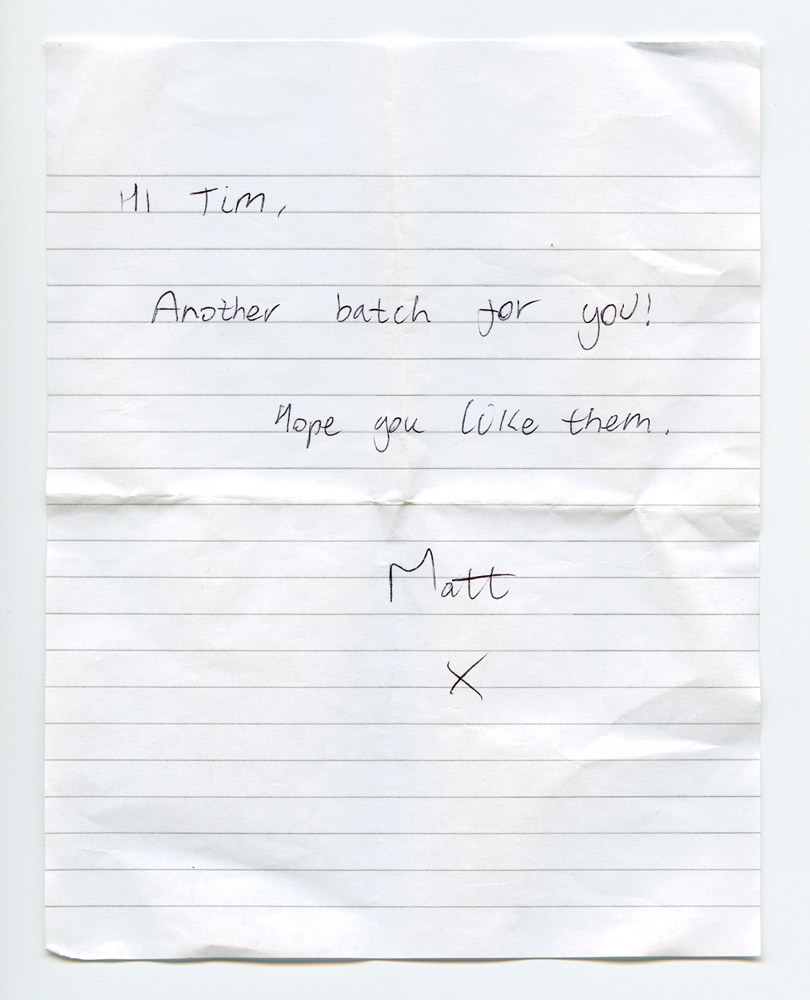

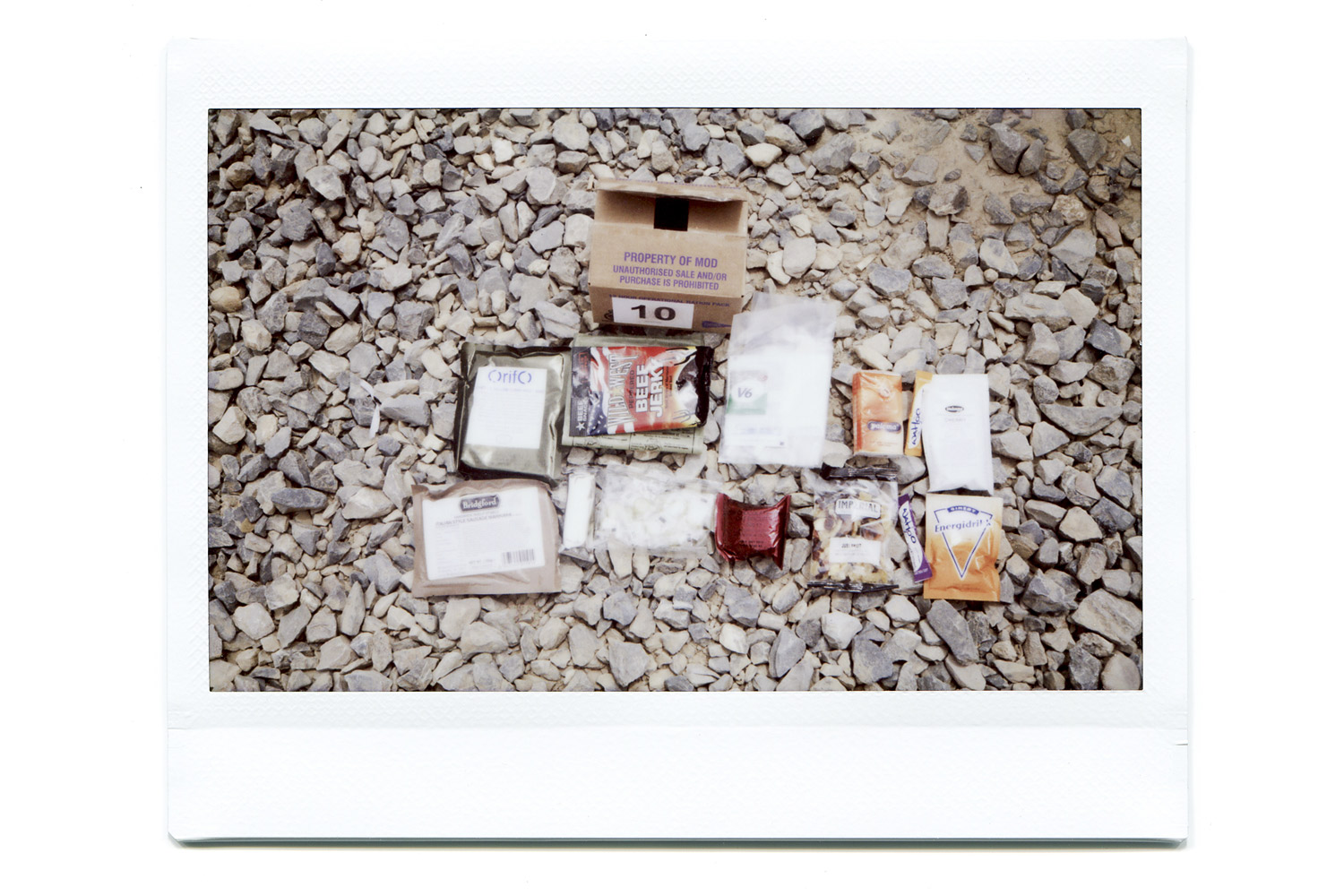

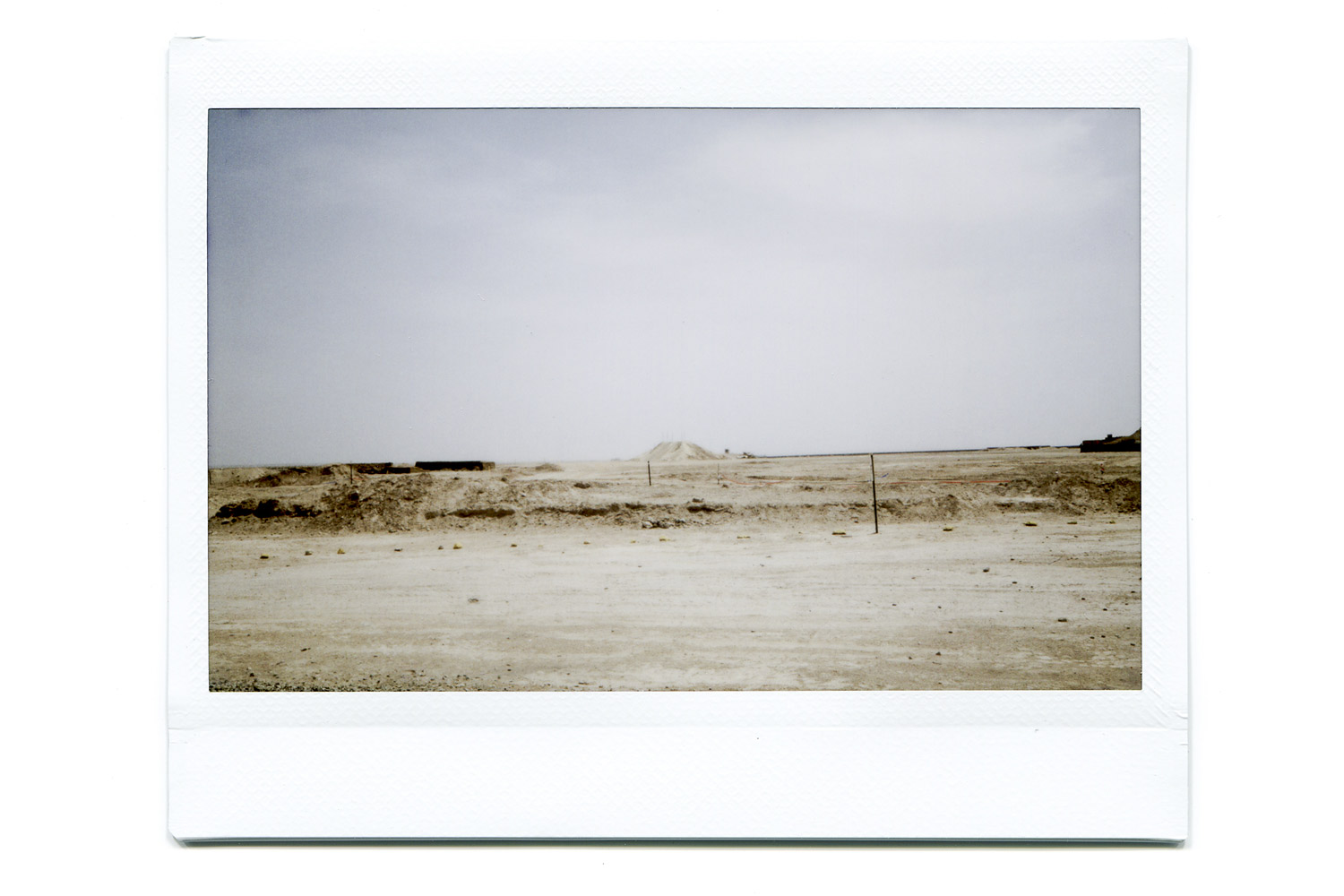



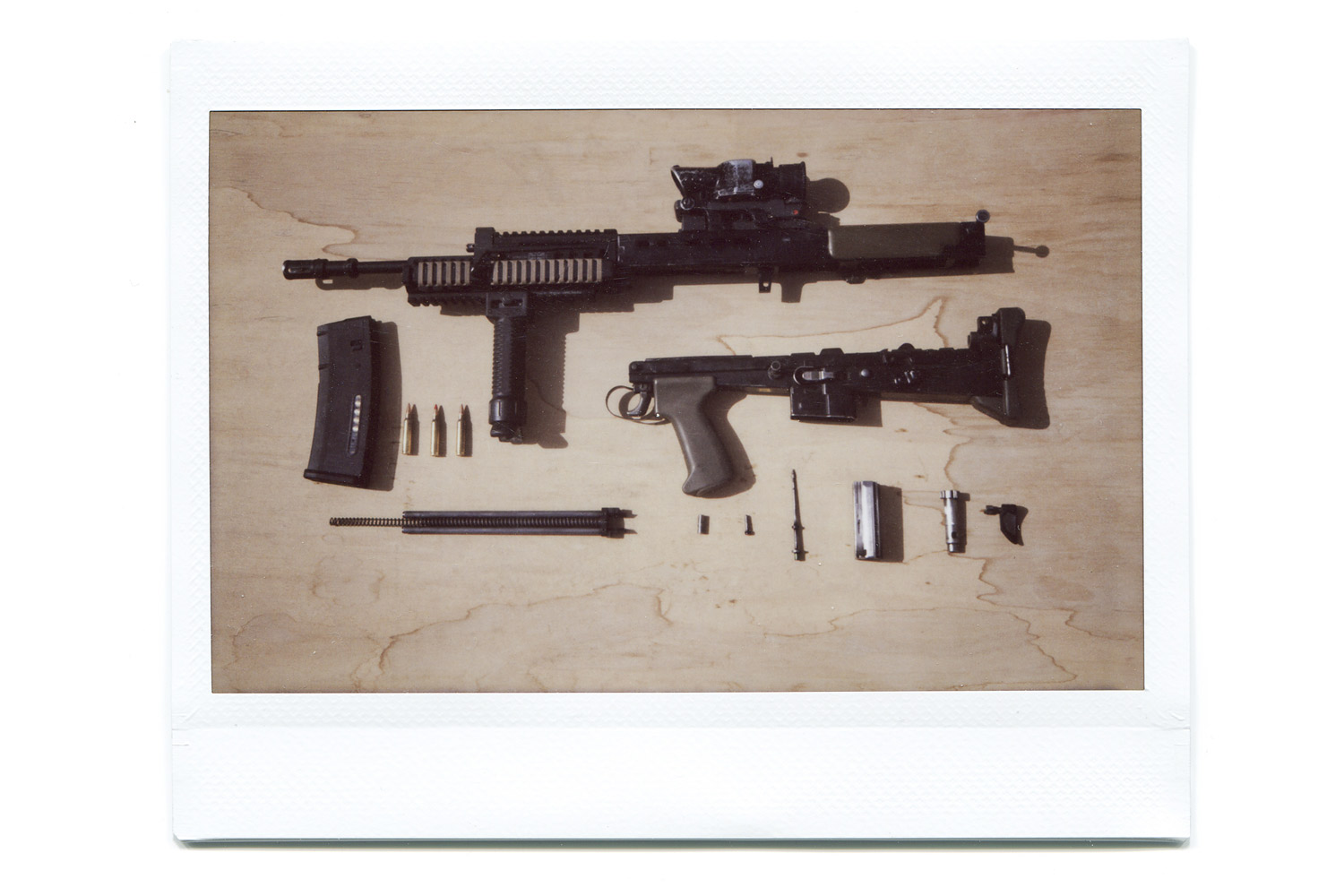
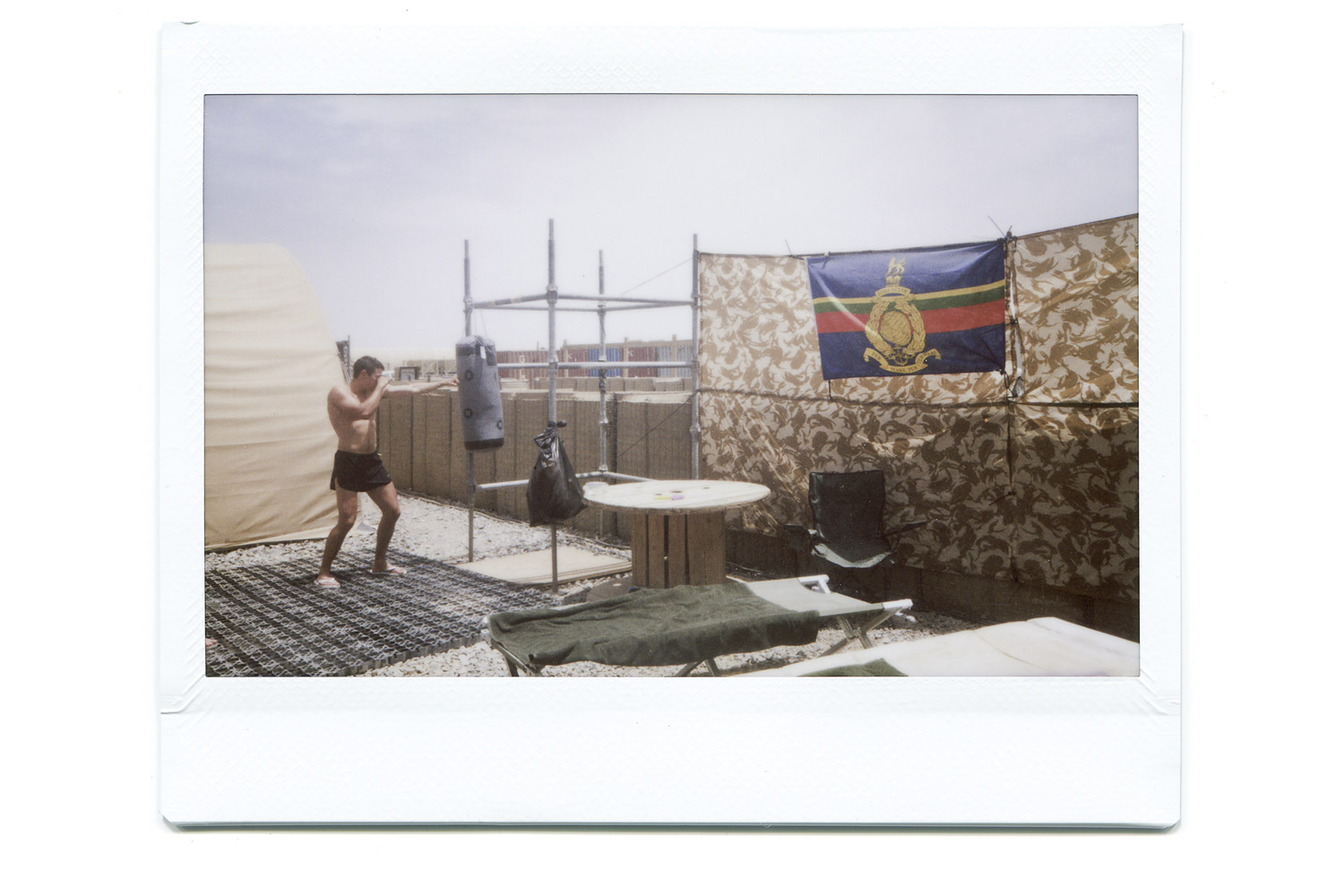
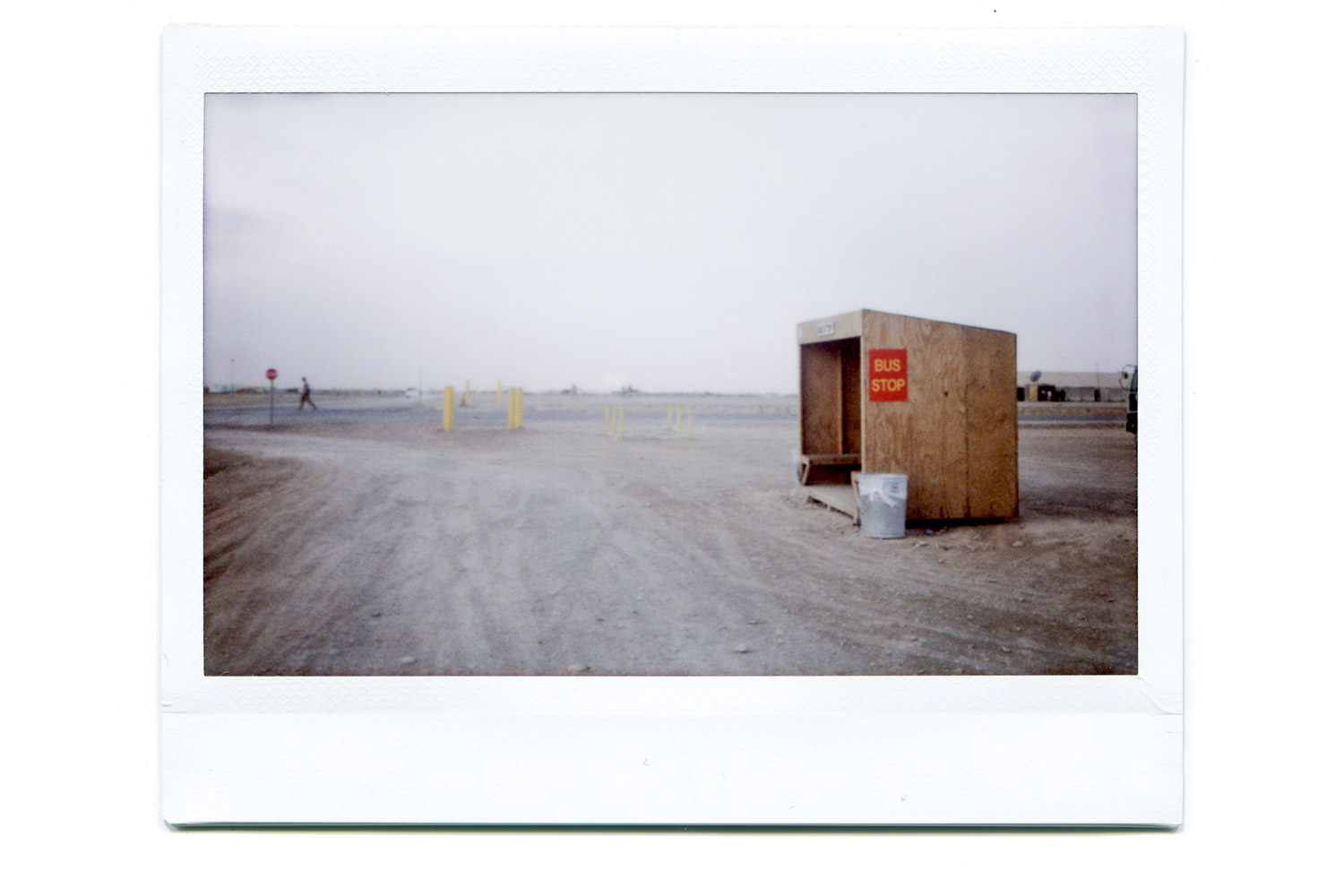




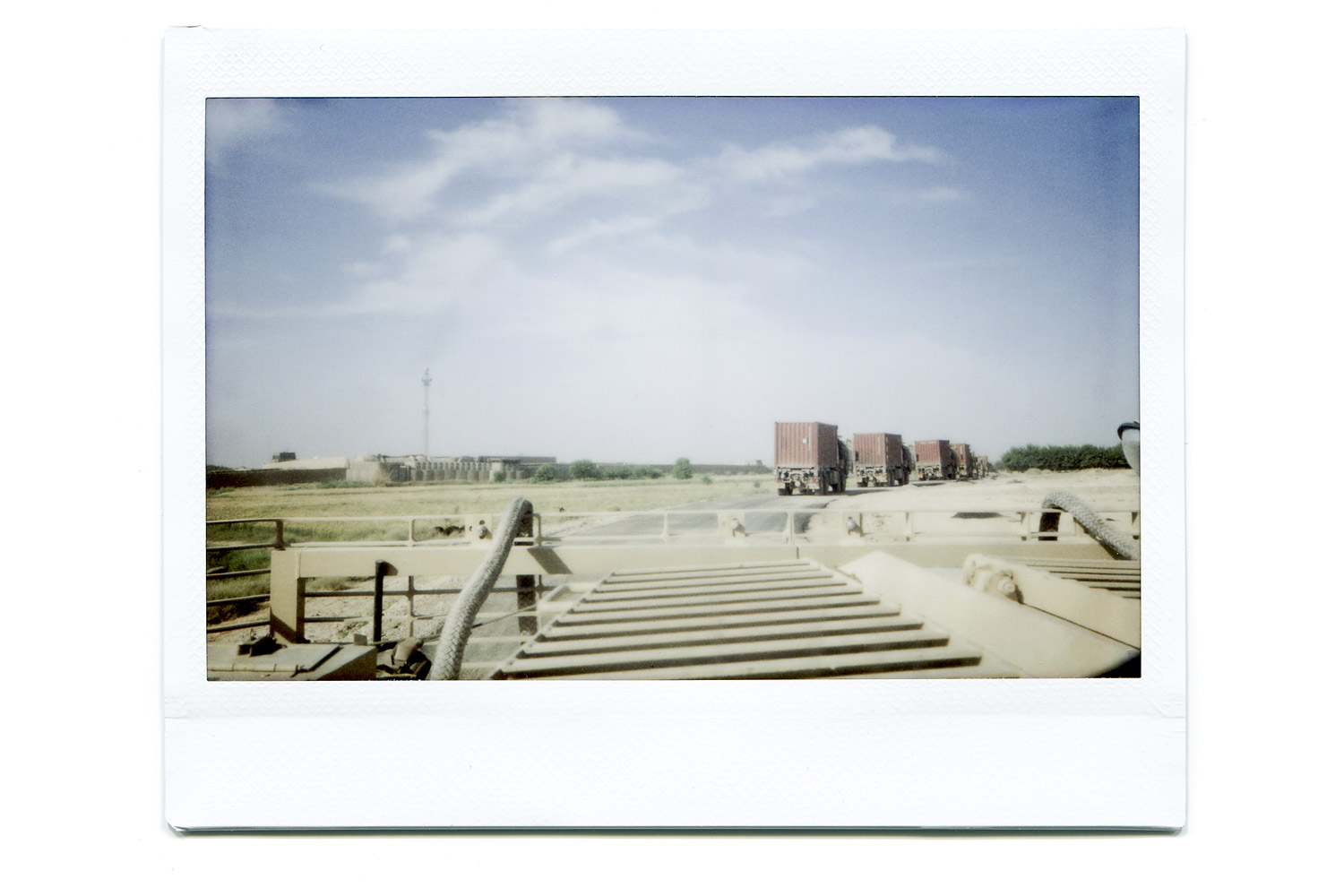


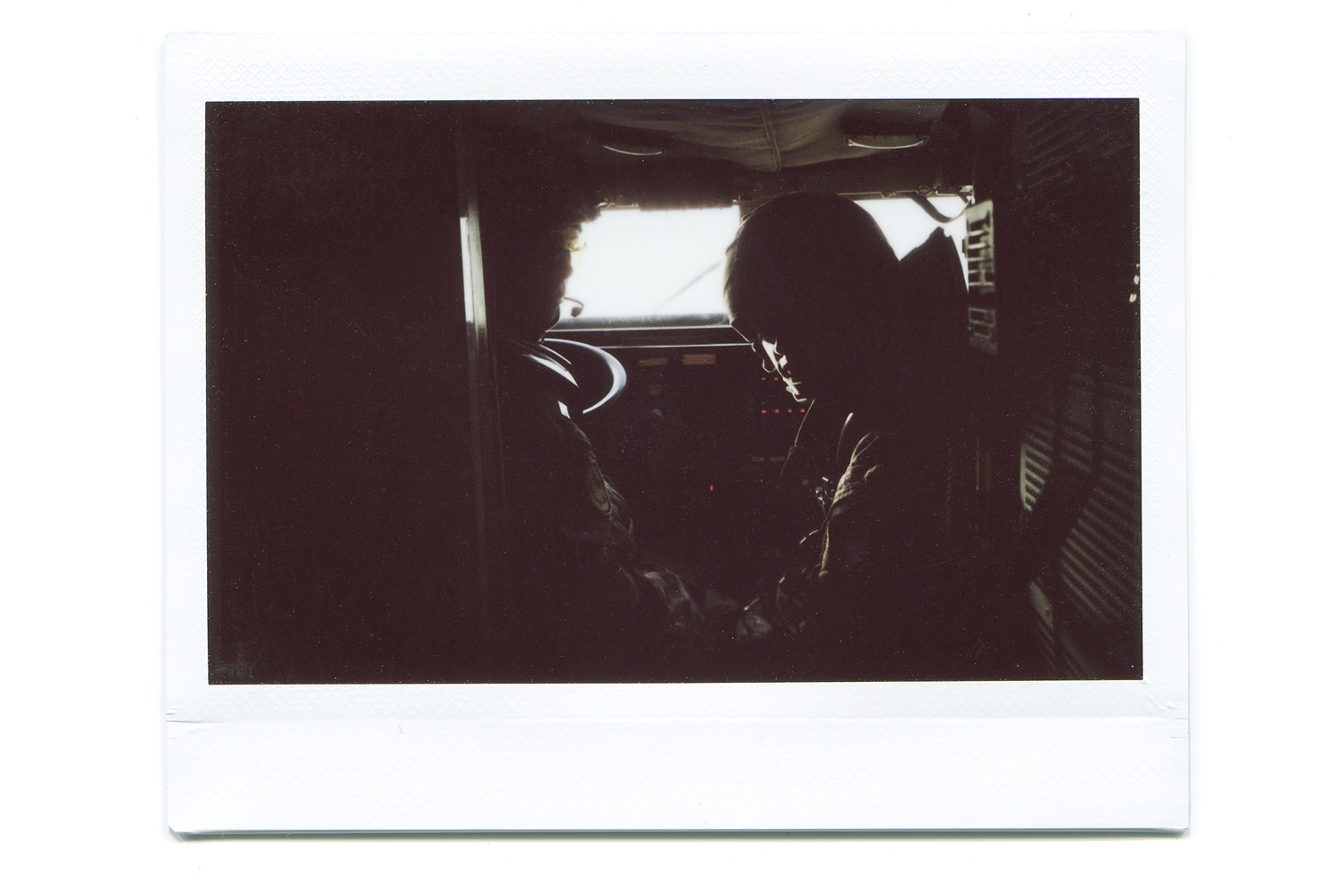
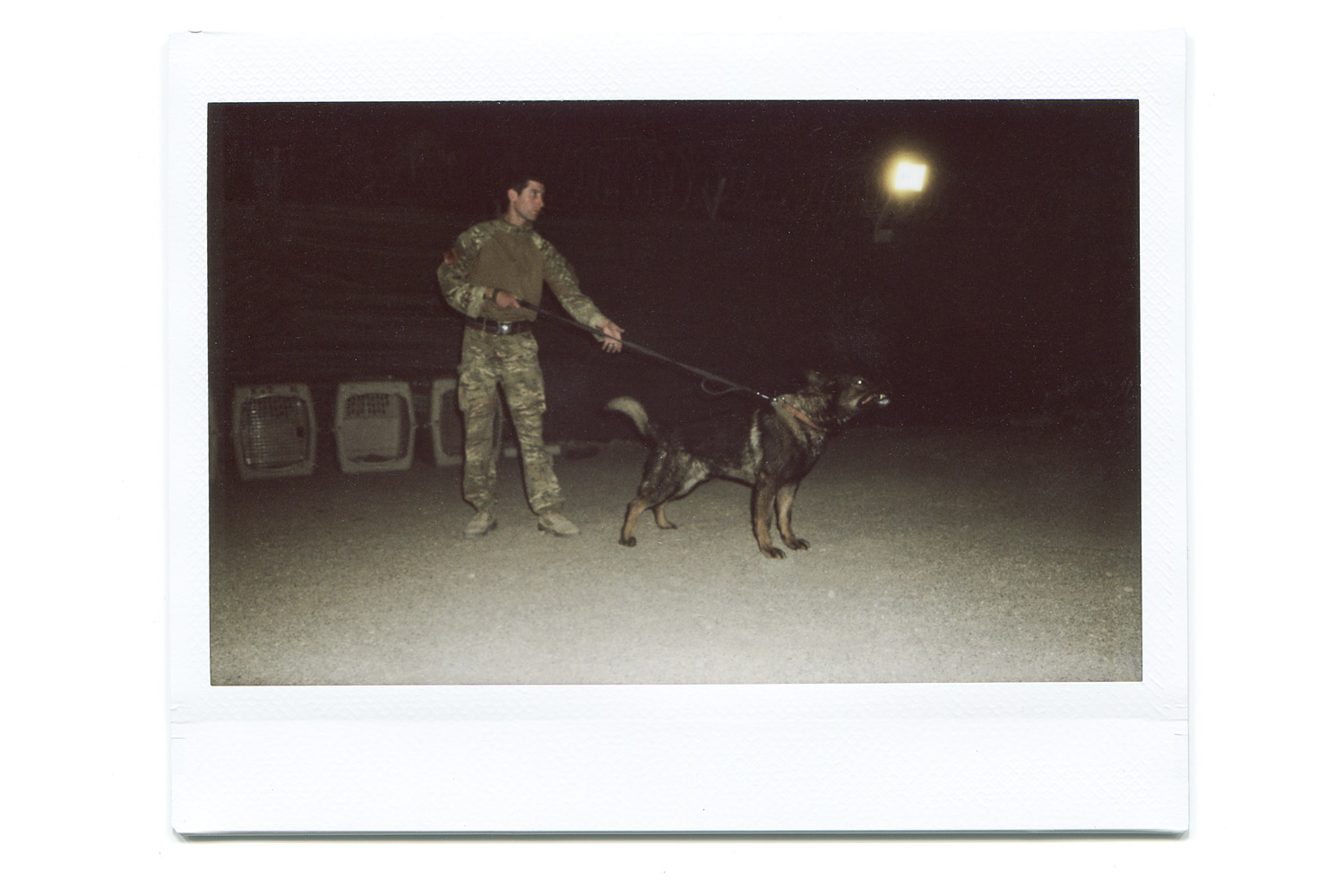
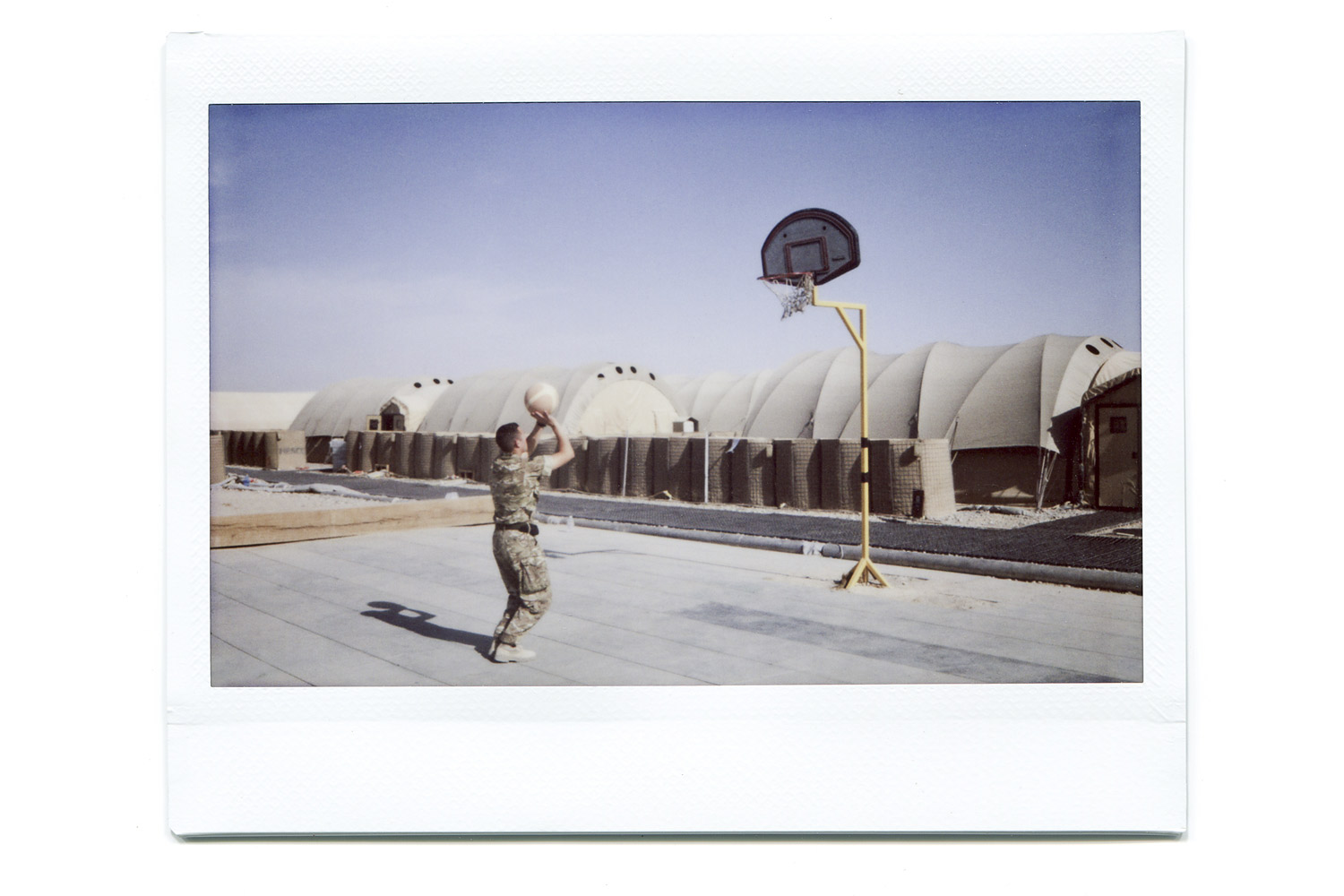
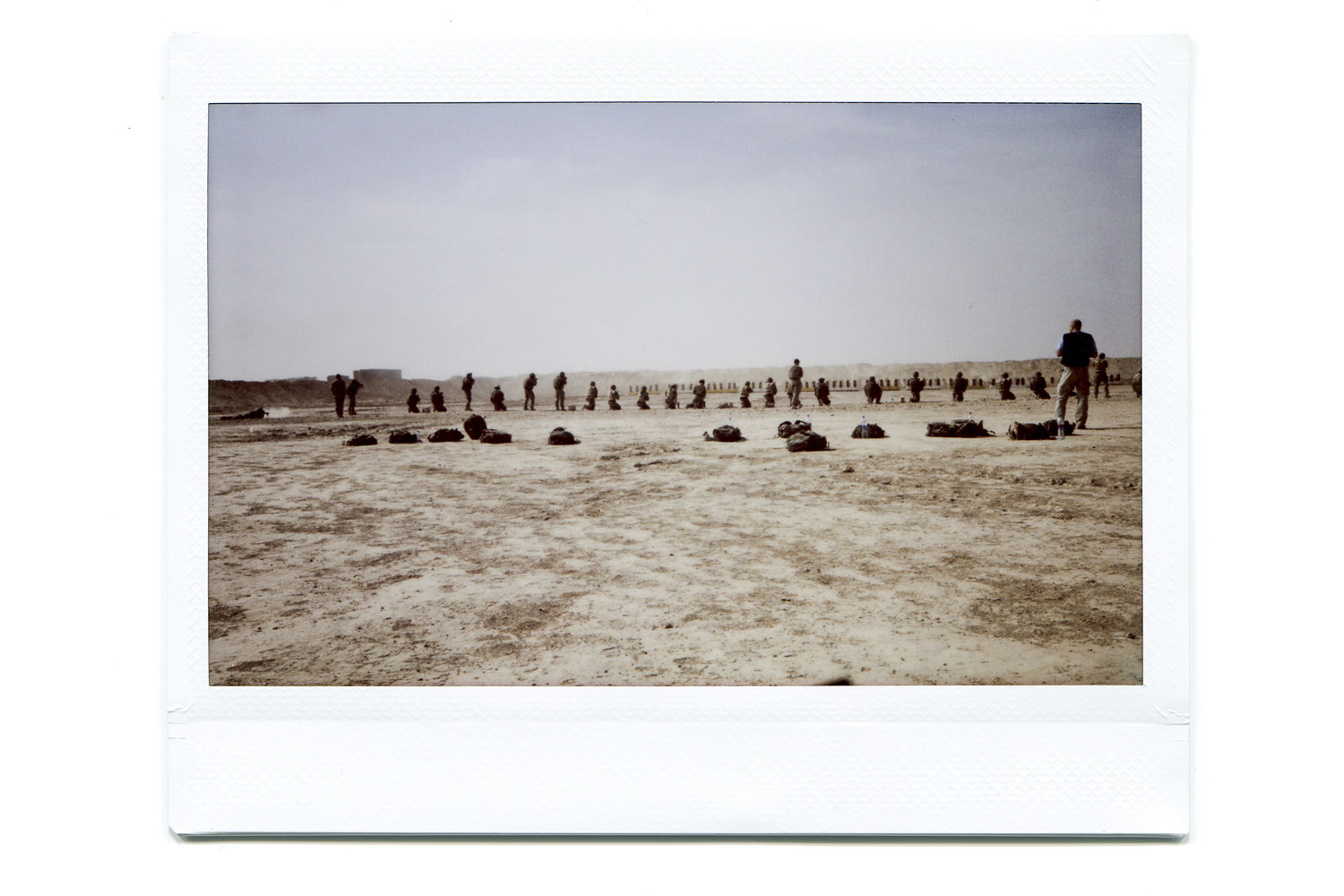
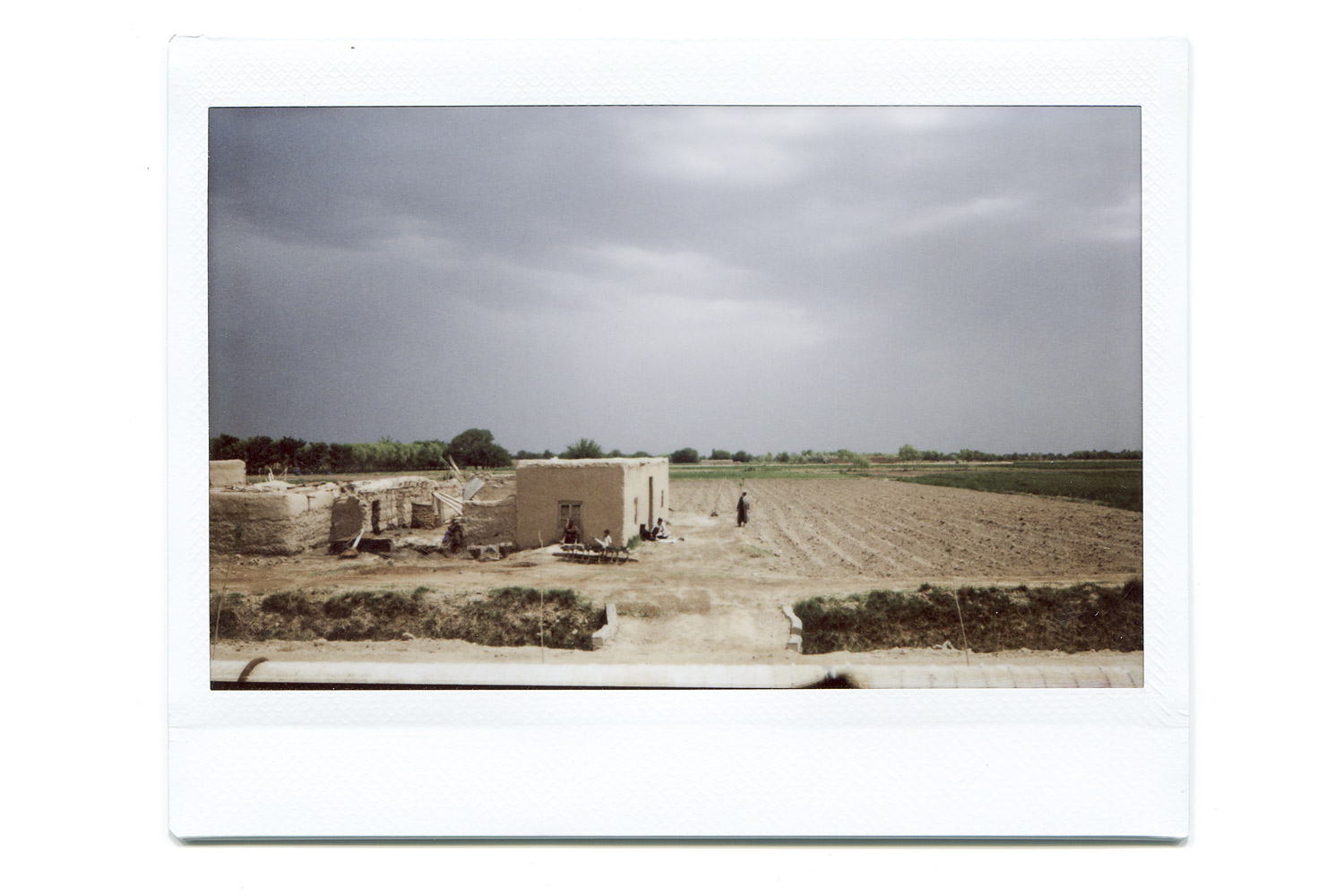

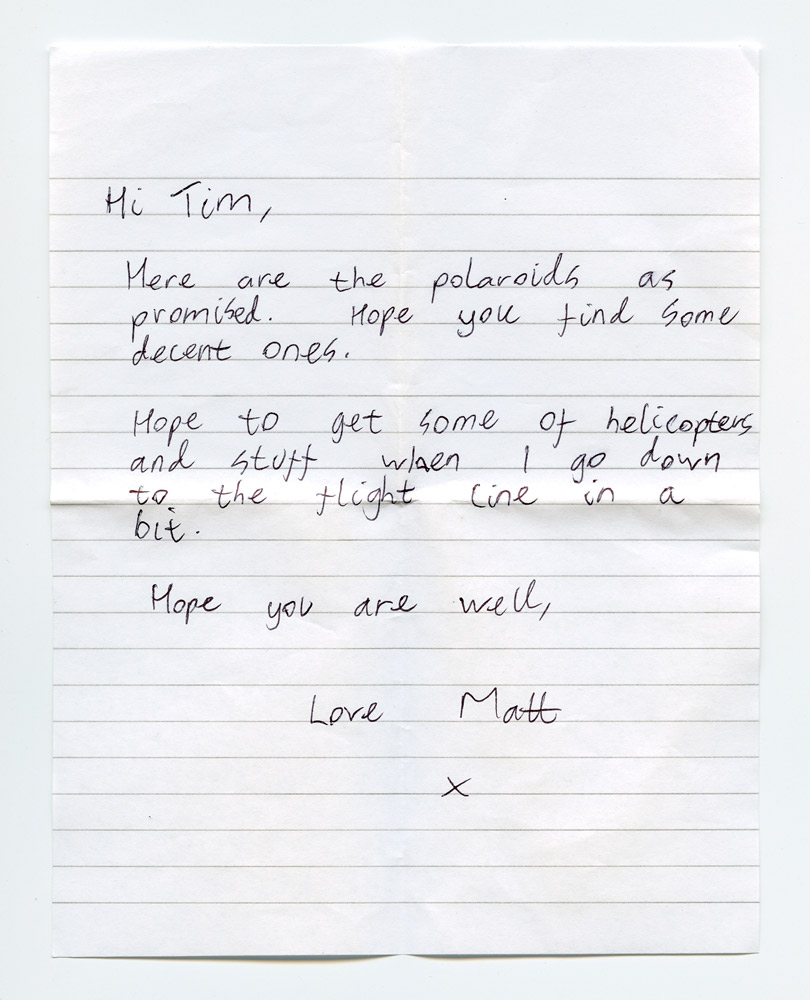
More Must-Reads From TIME
- The 100 Most Influential People of 2024
- The Revolution of Yulia Navalnaya
- 6 Compliments That Land Every Time
- What's the Deal With the Bitcoin Halving?
- If You're Dating Right Now , You're Brave: Column
- The AI That Could Heal a Divided Internet
- Fallout Is a Brilliant Model for the Future of Video Game Adaptations
- Want Weekly Recs on What to Watch, Read, and More? Sign Up for Worth Your Time
Contact us at letters@time.com